A set of posters showing division facts 1-12.
Print these division facts posters out on tabloid cardstock for durability.
Display them in your classroom to assist students when learning their division facts.
Updated: 06 Oct 2022
A set of posters showing division facts 1-12.
Non-Editable: PDF
Pages: 12 Pages
Grades: 3 - 6
Understand division as an unknown-factor problem. For example, find 32 ÷ 8 by finding the number that makes 32 when multiplied by 8.
Fluently multiply and divide within 100, using strategies such as the relationship between multiplication and division (e.g., knowing that 8 × 5 = 40, one knows 40 ÷ 5 = 8) or properties of operations. By the end of Grade 3, know from memory all pr...
Identify arithmetic patterns (including patterns in the addition table or multiplication table), and explain them using properties of operations. For example, observe that 4 times a number is always even, and explain why 4 times a number can be decom...
Interpret a multiplication equation as a comparison, e.g., interpret 35 = 5 × 7 as a statement that 35 is 5 times as many as 7 and 7 times as many as 5. Represent verbal statements of multiplicative comparisons as multiplication equations.
Multiply a whole number of up to four digits by a one-digit whole number, and multiply two two-digit numbers, using strategies based on place value and the properties of operations. Illustrate and explain the calculation by using equations, rectangul...
Determine a quotient using the relationship between multiplication and division; and
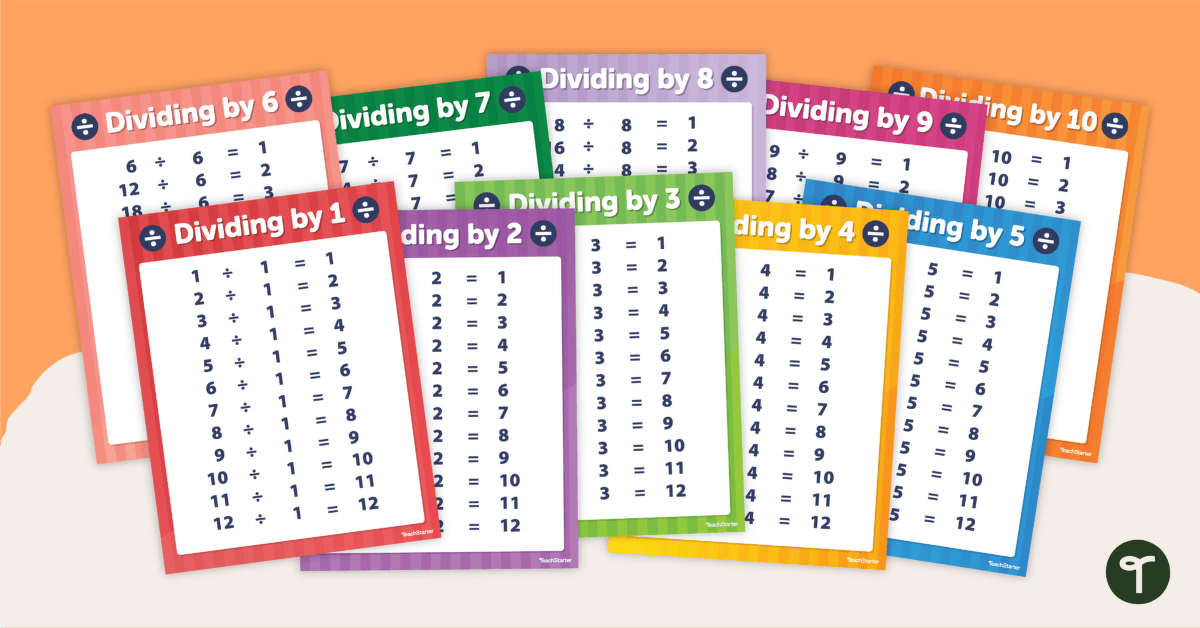
A set of posters showing division facts 1-12.
Print these division facts posters out on tabloid cardstock for durability.
Display them in your classroom to assist students when learning their division facts.
Understand division as an unknown-factor problem. For example, find 32 ÷ 8 by finding the number that makes 32 when multiplied by 8.
Fluently multiply and divide within 100, using strategies such as the relationship between multiplication and division (e.g., knowing that 8 × 5 = 40, one knows 40 ÷ 5 = 8) or properties of operations. By the end of Grade 3, know from memory all pr...
Identify arithmetic patterns (including patterns in the addition table or multiplication table), and explain them using properties of operations. For example, observe that 4 times a number is always even, and explain why 4 times a number can be decom...
Interpret a multiplication equation as a comparison, e.g., interpret 35 = 5 × 7 as a statement that 35 is 5 times as many as 7 and 7 times as many as 5. Represent verbal statements of multiplicative comparisons as multiplication equations.
Multiply a whole number of up to four digits by a one-digit whole number, and multiply two two-digit numbers, using strategies based on place value and the properties of operations. Illustrate and explain the calculation by using equations, rectangul...
Determine a quotient using the relationship between multiplication and division; and

We create premium quality, downloadable teaching resources for primary/elementary school teachers that make classrooms buzz!
Would you like something changed or customised on this resource? While our team makes every effort to complete change suggestions, we can't guarantee that every change will be completed.
Did you spot an error on this resource? Please let us know and we will fix it shortly.
Are you having trouble downloading or viewing this resource? Please try the following steps:
If you are still having difficulty, please visit the Teach Starter Help Desk or contact us .
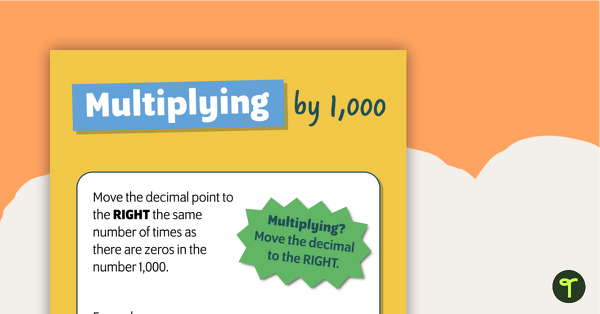
A set of posters to display in the classroom when learning to multiply and divide by 1,000.
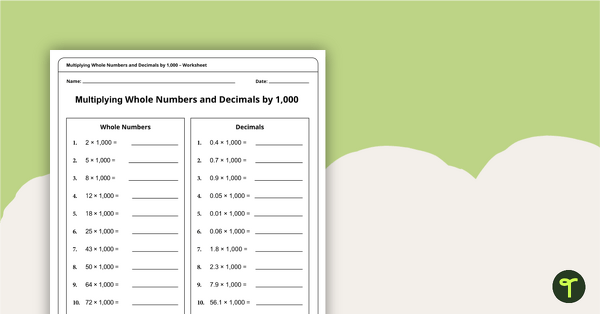
A worksheet for students to complete when learning how to multiply by 1,000.
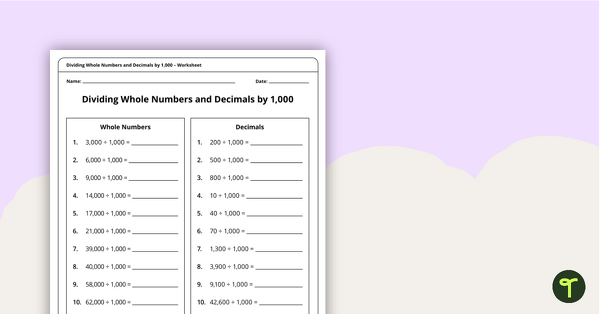
A worksheet for students to complete when learning to divide by 1,000.

A set of 7 polygon puzzles to practice solving division number sentences.
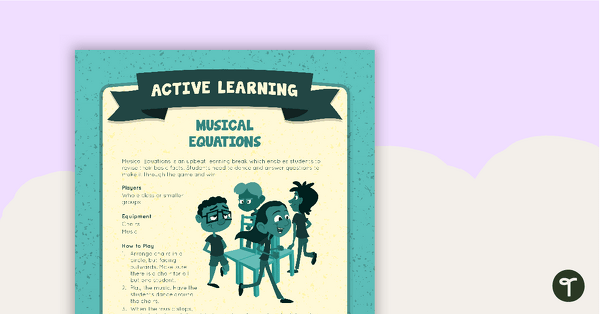
A whole class active game that encourages learning through a physical setting.
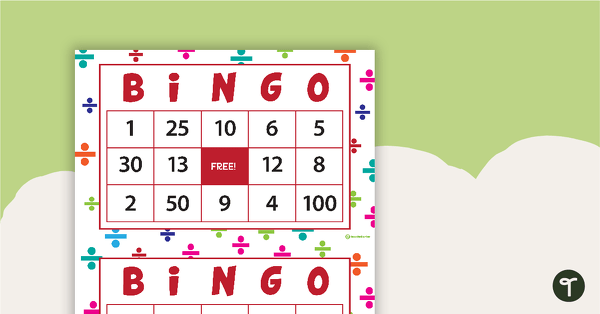
32 different bingo cards using division.

A fun game using addition, subtraction, multiplication, and division.

A set of multiplication and division fact matchup cards for multiples of 1.
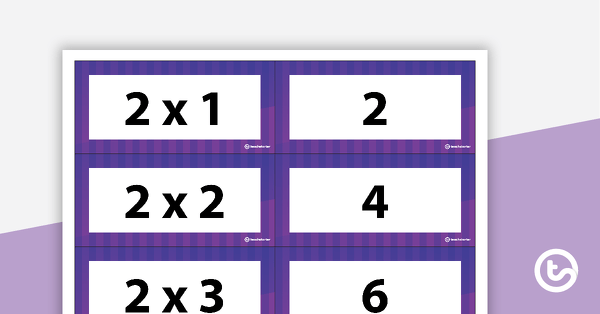
A set of multiplication and division fact matchup cards for multiples of 2.
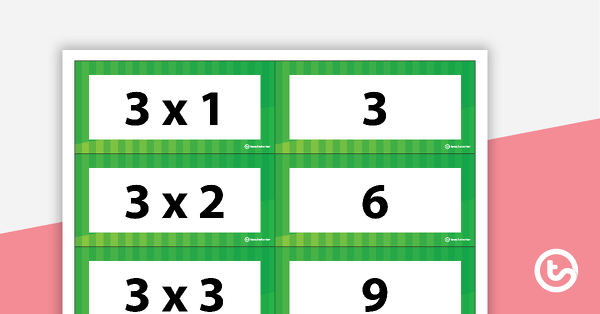
A set of multiplication and division fact matchup cards for multiples of 3.
0 Comments
Write a review to help other teachers and parents like yourself. If you'd like to request a change to this resource, or report an error, select the corresponding tab above.